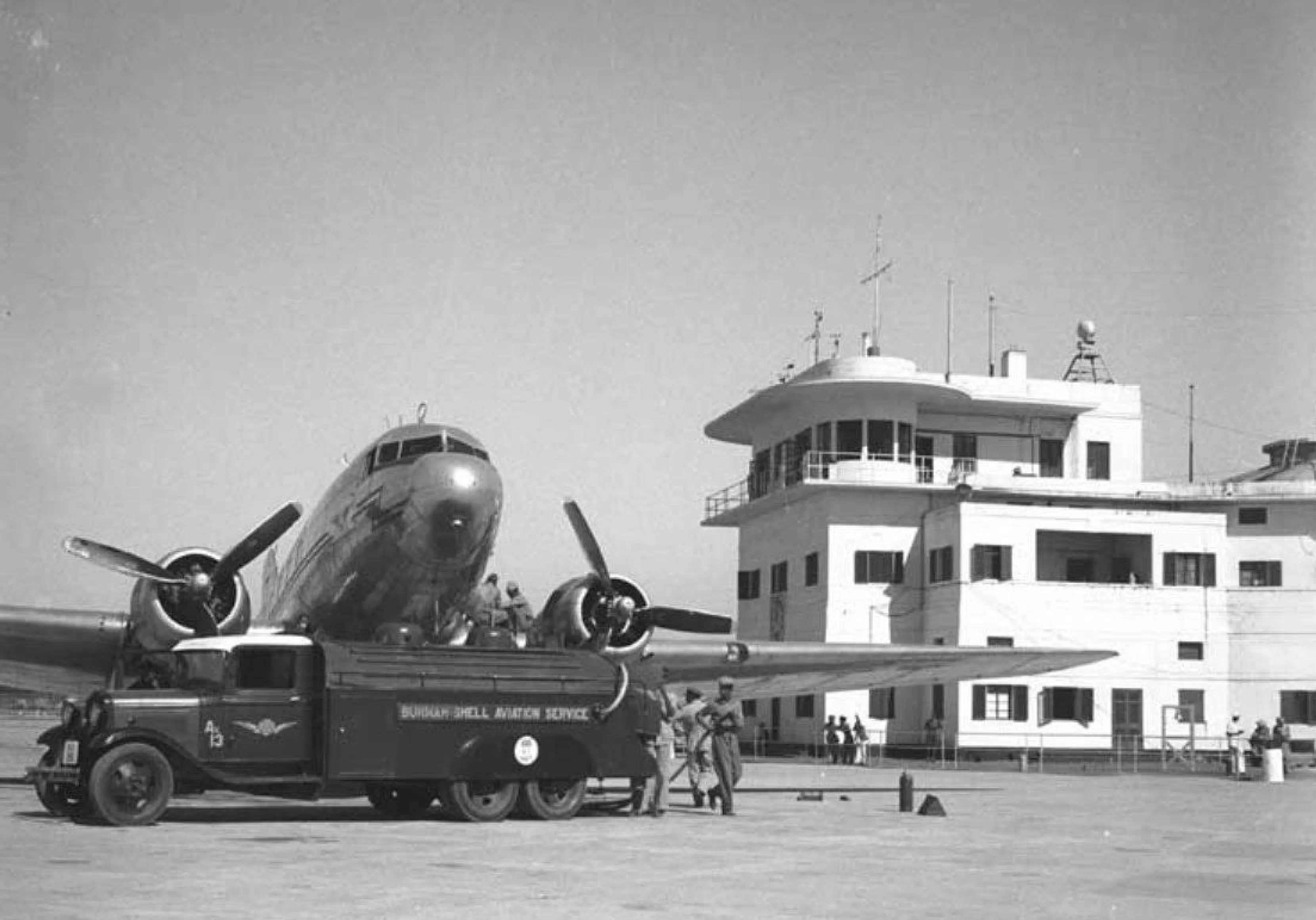Willingdon Airport, 1936
Location : Safdarjung
Architect : Robert Tor Russell
People : Captain A.G. Wyatt and R.E. Engineer Officer, Director of Civil Aviation
Willingdon Air Station was the first modern air station established in British India. The airport was designed by Robert Tor Russell, the consulting architect with the Central Public Works Department, and Captain A.G. Wyatt, R.E. Engineer officer with the Director of Civil Aviation. It was named after the Viceroy and Governor General of British India — Lord Willingdon, who inaugurated the building on 15th February 1936 and hosted the first air race to Delhi, inviting many royalties and Princes to the station. Before the airport fully started its functions in 1936, the site was an Airfield becoming a landing ground for military aircrafts or air-mails and the Delhi Flying Club to train young men and women as aviators in India. After India’s independence in 1947, the airport was renamed as Safdarjung Airport due to its close proximity to the tomb. A triangular plan with its apex pointing to the landing grounds, one of the sides served as an aerodrome. The design of the Airport’s apex side, showcases the influence of the Streamline Moderne version of Art Deco with its upper half inspired from a ship/ cruise along with the curving eyebrows on its flat roof. It is currently used by Indian airlines, smaller aircrafts, private planes and gliders of the Delhi Flying and Gliding Clubs.
_
Image Credits : Online - Team BHP References : The Times of India, 15 Feb 1936, 'New Delhi Air Station'



